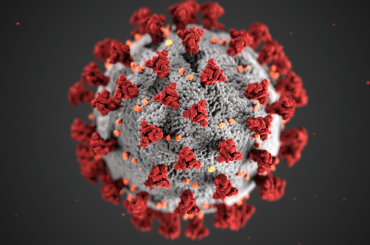This story first about CHC Helicopters’ Australian operations by Chris Milne first appeared in the June 2019 edition of Australian Aviation.
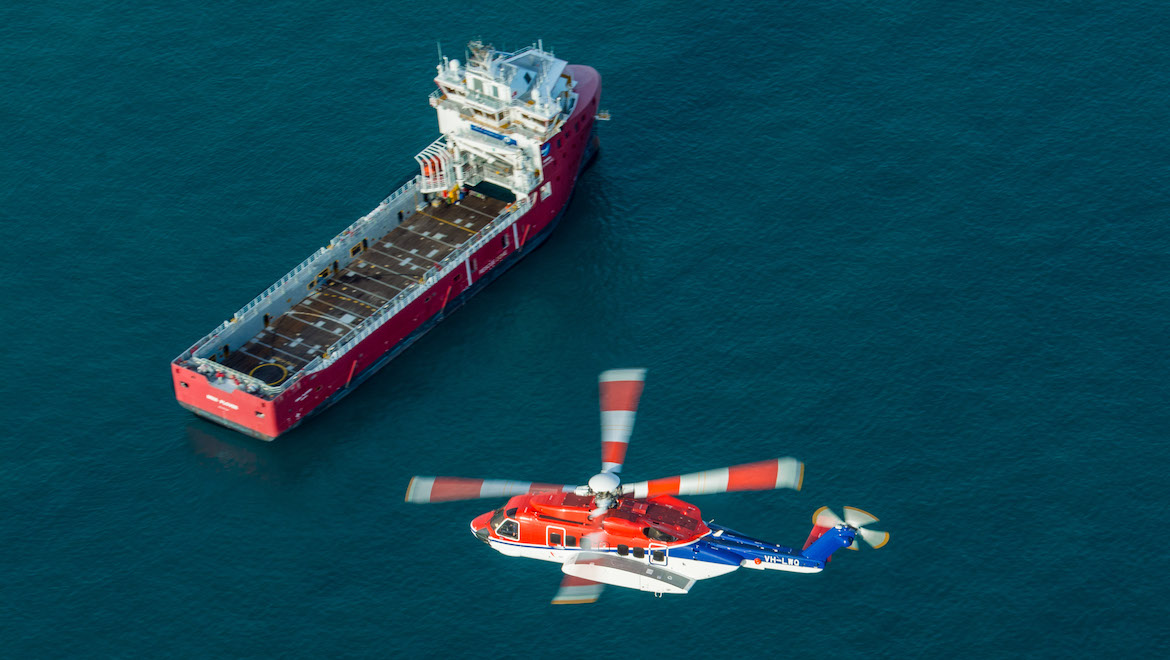
CHC Helicopters Australia has launched a unique joint operation with four North West Shelf petroleum companies to improve efficiency and contain costs.
The Helicopter Sharing Agreement enables CHC to redeploy two helicopters, reducing its Pilbara-based fleet to five machines.
The Perth-based company also has ambitions to move to more efficient joint operations in its contracts with the RAAF, RAN and Army.
“To have an aircraft sitting on the ground is expensive,” says CHC‘s Asia Pacific regional director Vincent D’Rozario. “It’s far better to share utilisation.”
At present, all CHC Australia’s regional operations are confined to Australia, embracing Defence, search and rescue, police and medical roles as well as the petroleum industry missions.
The work is split 60 per cent offshore and 40 per cent onshore, with a fleet of 34 helicopters employing 460 staff, including 130 pilots.
But D’Rozario is eyeing prospects further afield.
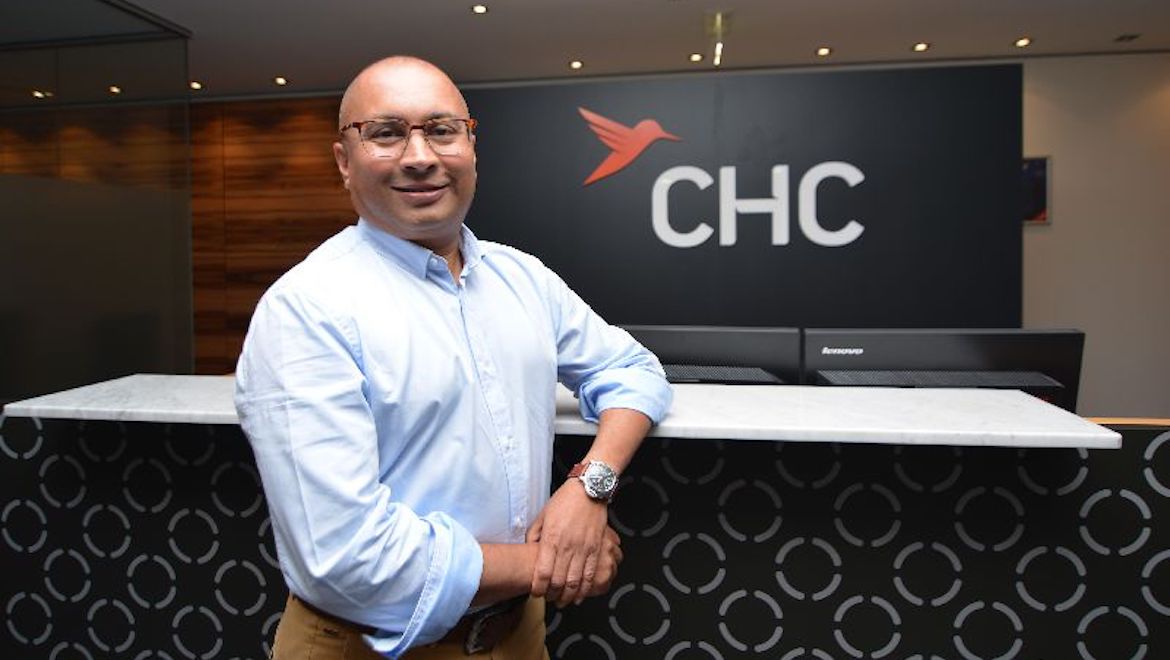
The company – which derived its Australian operations from former Adelaide-based Lloyd Helicopters which it acquired in 1999 – is contemplating prospects for a return to South-East Asia, where it previously operated in Malaysia, Thailand and the Philippines.
“We’re evaluating opportunities in South-East Asia,” D’Rozario says.
With the oil price recovering from its lows, regional petroleum projects are beginning to move forward again and CHC expects some tenders to emerge soon.
D’Rozario, 52, whose family emigrated to Melbourne from the UK when he was 11, is a business professional with several years’ experience in the Asia Pacific region.
He graduated in electrical and electronic engineering from the University of Victoria in Canada, and joined Global Process Systems in 2008, becoming general manager, Singapore and Indonesia, then moved to Jacobs Engineering as vice-president for Asia from 2013.
That took him into the offshore petroleum industry, leading regional projects for oil and gas majors Shell, BP, Exxon Mobil and Chevron, a role that led him to CHC Helicopters, and its offshore petroleum work, in January 2017.
That was in the midst of a trying time for the Canadian company, which fell into Chapter 11 bankruptcy in May, 2016, in the face of reduced work in a slumping global petroleum industry. It emerged from bankruptcy in July 2017 with a $US450 million recapitalisation, assisted by Boston-based Bain Capital as an investor, and the Dublin-based Milestone Aviation Group – CHC’s main helicopter lessor. Bain Capital’s managing director Michael Bevacqua joined the CHC Group board, and its headquarters moved from Richmond, British Columbia to Dallas, Texas.
Most of the CHC Australia contracts continued through the financial crisis, although it lost the ConocoPhillips contract for the Bayu-Undan operations in the Timor Sea to Babcock Offshore Services Australasia in 2017.
The North West Shelf and North West Cape petroleum fields are the backbone of CHC’s Australian offshore operations since it won the contract to serve Woodside Petroleum’s oil and gas projects in March, 2011. The original five-year deal was reportedly worth about $300 million, but CHC, a private company with estimated global revenues of $US1.3 billion, declined to provide any financial details of the new contract or its regional revenue.
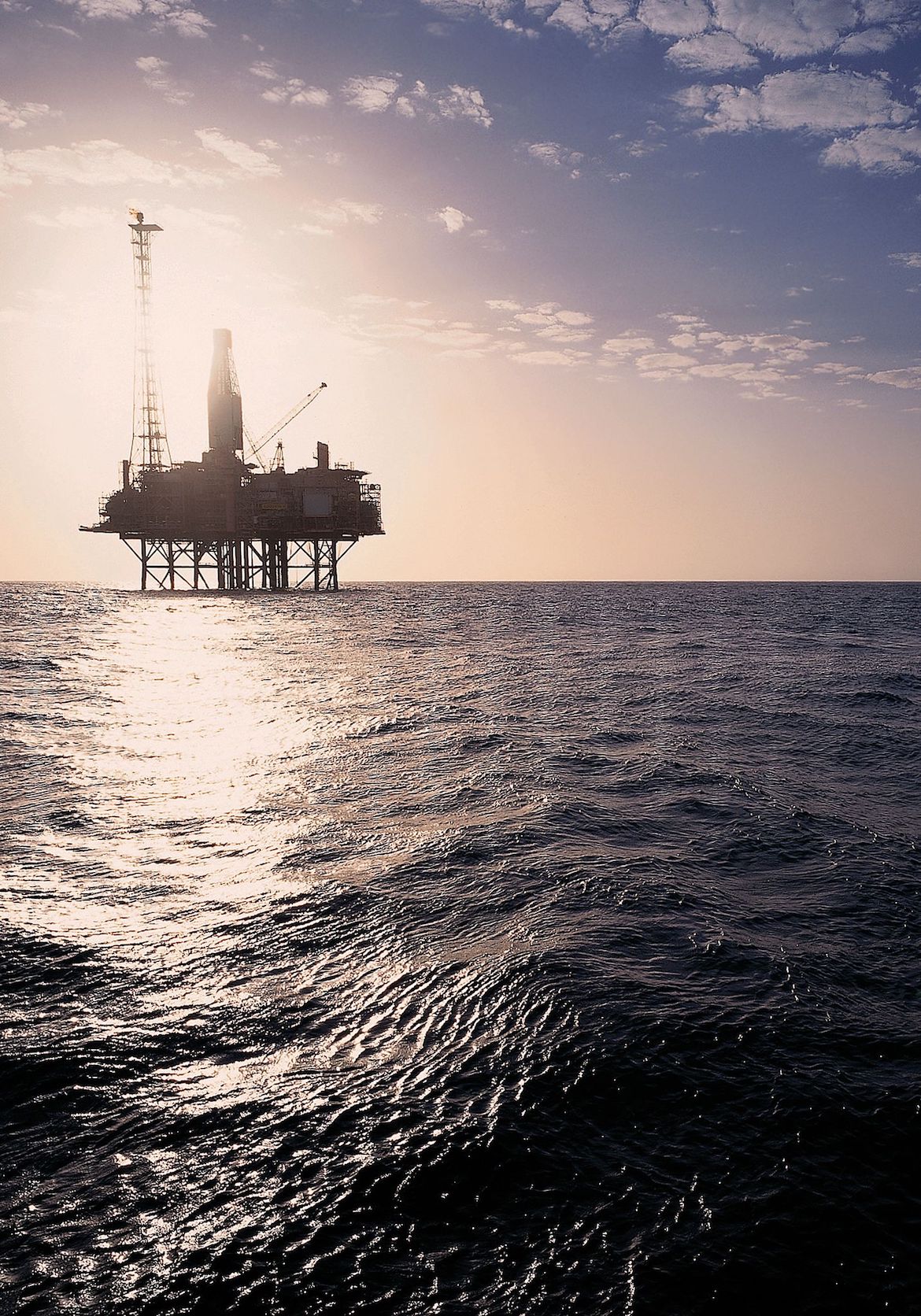
With the use of two Agusta Westland (now Leonardo) AW139s, with 15 passenger seats, and four Eurocopter 19-seat EC225s, the Woodside workload was expanded to embrace BHP’s joint venture operations, Singapore-based Jadestone’s Stag oil field, 60km offshore in the Carnarvon Basin, and Canadian company Vermilion Energy’s Wandoo and Wandoo 2 platforms, with Woodside remaining the prime contractor.
Although on separate contracts, there was co-operation between CHC and the four companies on helicopter use.
“We’ve been sharing assets across the four companies,” D’Rozario says. “We would sell spare flying slots to the smaller companies, arrange the tariffs and provide a rebate to Woodside.”
From May 1 – an earlier start than the July 1 originally proposed – that co-operation has been formalised under the Helicopter Sharing Agreement.
One major gain is fleet rationalisation. The current Pilbara fleet is being reduced from four to three AW139 medium helicopters and from three to two of the larger, twin-engine, super-medium AW189s, which were introduced to the service in March last year, replacing the EC225s. The move will dedicate two AW139s and two AW189s to the joint agreement, with the third 139 flying for Santos, until July.
The key feature of the agreement is the greater predictability and efficiency of flying operations under the new structure for sharing services.
“All the flying schedules for the four companies are locked in,” D’Rozario says. “We still have spare allocations to fly specials outside the normal schedules, when needed.”
“The aim is to sweat the assets as much as possible.”
There’s also a requirement for obviously unscheduled medical evacuations and search and rescue (SAR) work.
Under the contract, CHC has SAR teams at its Karratha, Onslow and Learmonth bases, and helicopters equipped with winches and hoists.
But the main mission is transferring work crews between the bases and offshore platforms.
D’Rozario says the new contract provides for more than 10 daily flights from the three bases. The helicopter company expects to fly more than 100,000 passengers annually for the four clients.
Woodside Petroleum, with its extensive North West Shelf oil and gas activities, with an estimated investment value of $34 billion, will account for the majority of flights.
The five-year contract comes with options for two two-year extensions.
The work in the north-west region of Australia is not limited to flying for Woodside and friends. CHC continues to operate three 19-passenger S92s from Broome for Shell Australia’s own offshore Prelude project on a contract won in July 2014.
The company serves Shell’s pioneering Prelude floating liquefied natural gas project, about 475 km north of Broome. It began production recently.
D’Rozario says that when Shell disconnected the “floatel” housing all the construction and specialist staff alongside Prelude, CHC flew off 600 people in eight days, without incident.
The Shell contract – which is in the process of being put out to tender and CHC has been invited to participate – includes 24-hour regional SAR coverage, as well as a medevac role.
Meanwhile, Shell is moving forward on the development of the Crux field, about 165km north-east of Prelude, in a project designed to provide additional gas supplies by pipeline to Prelude. Front-end engineering design will take place this year with a final investment decision next year.
The Crux project, aimed at production from 2025, brings the prospect of more offshore flying.
CHC also provides an AW139 from Karratha for Santos for its Carnarvon Basin petroleum activities. However, that contract will end on July 1, with Babcock Offshore Services Australasia taking over the crew change role with two AW139s, redeployed to Australia from North Sea operations out of Aberdeen in Scotland and modified to accommodate medevac and SAR roles.
Babcock won a five-year contract from Santos, which recently splashed out $2.15 billion to buy Quadrant Energy’s WA offshore assets, which will expand its footprint, and flying requirements, in the region.
Babcock Australasia’s chief executive, David Ruff, sees the contract as “the beginning of a long-term strategic partnership” with Santos.
Karratha will become a new base for Babcock, which operates from Barrow Island, Truscott, Darwin and Dili in East Timor at present.
While offshore flying accounts for 60 per cent of CHC’s Australian work, the other 40 per cent is divided between defence and civil contracts.

In March, the company completed the replacement of six Sikorsky S76As – which had been flying for some 20 years and are now on the market with negotiations underway with local operators – with six “new generation” Leonardo AW139s for the RAAF and RAN.
Five of the machines are based with the RAAF at East Sale in Victoria, Pearce in WA, Amberley in Queensland, Williamtown in NSW and Tindal in the NT, and the sixth with the RAN at Nowra in NSW, where another AW139 has been based since May, 2017.
Their primary role is search and rescue, and the new, dedicated helicopters are fitted with four-axis auto hover capability and night vision technology.
They can be deployed to emergencies outside the defence ambit.
D’Rozario says the Australian Maritime Safety Authority has called on the RAAF and RAN helicopters “quite frequently” – most famously in the 1998 Sydney-Hobart yacht race disaster, in which six crew died and five yachts were lost in a violent storm.
The CHC helicopters assisted in the saving of 55 sailors, in what was described as Australia’s largest peace-time SAR effort.
“When human lives are at stake, we’re a valuable resource,” D’Rozario says.
CHC also supplies one Bell 412 to the Australian Army for aeromedical rescue and crash response, based in Darwin but often on deployment elsewhere in the country.
The Army can request deployment of the AW139s, if required for an emergency, and D’Rozario says there is scope for much closer co-operation between the armed forces.
There are moves towards a joint airborne recovery service (JARS), which would enable the sharing of aircraft across the three services, improving efficiency and providing a “whole of government” resource for the services.
“We are keen to make it work that way,” D’Rozario says.
In civil agency work, CHC supplies three helicopters under a dry lease to the Victorian Police Air Wing. The Airbus 365 Dauphins – the N3 series – must be crewed by police officers, but CHC undertakes maintenance at the Essendon Airport base.
D’Rozario describes the Dauphins as “great workhorses”, which have been providing the Victorian Police with 97 per cent availability.
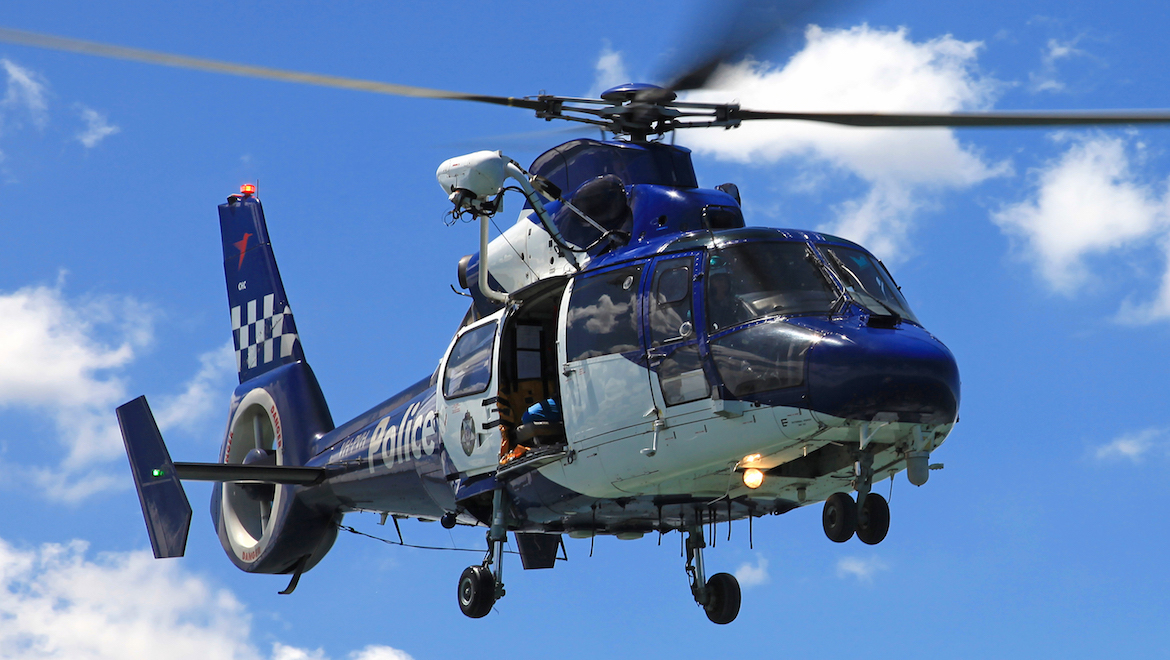
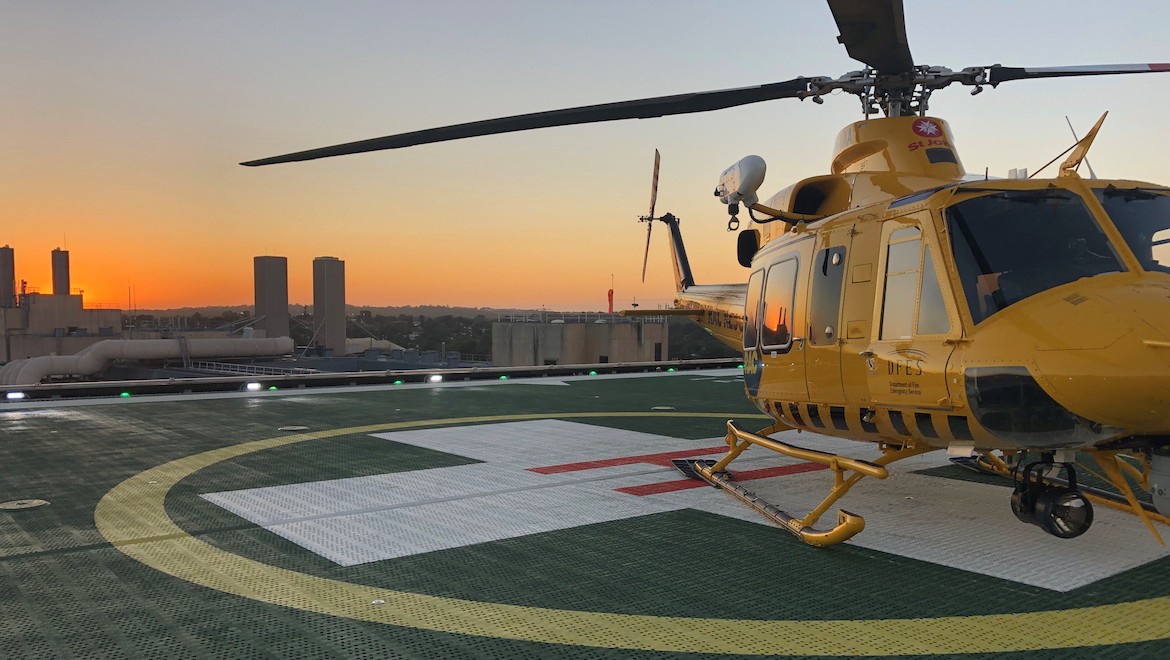
Meanwhile, CHC has a long-term contract in WA for flying and maintaining two Bell 412 helicopters for emergency rescue services, based at Perth’s Jandakot Airport and Bunbury. The operation is managed by the WA Fire and Emergency Services Department and sponsored by the State’s RAC motoring organisation.
RAC Rescue, which began in 2003, is flown by CHC crews and carries St John Ambulance critical care paramedics.
The emergency work ranges from road accidents – which account for about 75 per cent of missions – to cliff rescues and also involves mining and farming accidents, the transfer of injured people from regional centres to Perth hospitals, and search and rescue flights.
Among more than 6,300 missions since inception has been an offshore flight of 150km to retrieve a critically ill seaman from a cargo ship in the Great Australian Bight, and a difficult 2016 rescue of an injured crew member of a cray fishing boat in remote waters off Esperance which won RAC Rescue a National Search and Rescue Council award.
VIDEO: A look at the AW189’s operations in Australia with CHC from the Leonardo YouTube channel.
This story first appeared in the June 2019 edition of Australian Aviation. To read more stories like this, become a member here.

